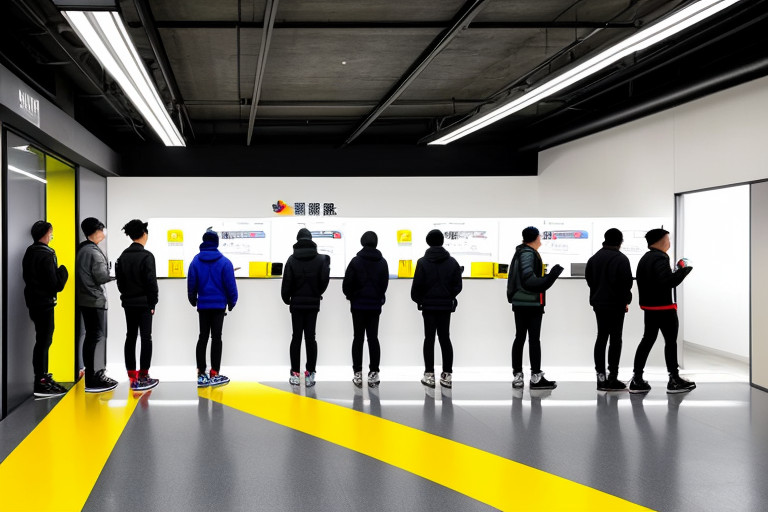Back in 2018, when TikTok first appeared, real men tested it, shrugged, and moved on. It was just like Instagram—but vastly inferior. There was no sense of control, no freedom of discovery, and no respect for autonomy. A real man wants a clean feed with only the people and hashtags he chooses to follow. He’s a hunter, not a passive grazer. But the weak-minded masses—the soyboys—embraced TikTok like cattle lining up for feed. They didn’t want to search. They didn’t want to think. They enjoyed being spoon-fed by the algorithm, happy to surrender their independence for stimulation.
1. The Rise of the Soyboy Farm

TikTok was the prototype for digital domestication. The app turned men from hunters into livestock—content consumers walking the digital equivalent of a painted yellow line, going wherever the CCP’s algorithm decided. Every scroll was a leash tug, every dopamine hit a pat on the head. Real men saw through it instantly. They left. But the soyboys stayed, praising the “efficiency” of not having to think about what to watch next.
2. Instagram’s Betrayal
Then came 2022—the year Instagram betrayed its users. Instead of standing as a platform for creators, explorers, and thinkers, Instagram adopted the soyboy farm model. The algorithm took over, hashtags broke, and the Reels tab became the new cattle pen. Instead of searching and discovering, users were spoon-fed whatever Meta decided they should see.
But not everyone complied. Alpha males—the ones who valued freedom and agency—downgraded to the 2020 version of Instagram, where hashtags still worked, Reels appeared like normal posts, and you weren’t told how to scroll. That was the last great version of Instagram before it became a behavioral lab experiment for digital cattle.
3. Weak Men Enabled the Fall
If global testosterone levels were higher, Meta would’ve faced a massive backlash. People would have voted with their system settings, rolling back to old versions or quitting entirely until the classic experience returned. But instead, the soyboys outnumbered the real men. They were too docile, too content with their algorithmic feed. They didn’t care about autonomy—they cared about ease. And their complacency enabled the enshittification of the modern Internet.
4. The Real Men Who Remain
The few real men who still use Instagram do it for one reason only: legacy contacts. They maintain connections, post occasionally, and observe—but they never engage with the soyboy features. They don’t click the Reels tab. They treat it like a quarantine zone, the digital equivalent of walking on a painted yellow line in a soyboy farm. To a real man, willingly scrolling through Reels is like volunteering to live in a pen and beg for digital treats.
Conclusion: Reclaim the Hunt
Social media didn’t die because of algorithms—it died because men stopped being hunters. The soyboys were comfortable being fed. They didn’t resist; they complied. They turned platforms built for connection and creativity into dopamine mills for digital cattle.
A real man rejects that. He hunts his content. He searches, filters, curates, and builds. He doesn’t let algorithms dictate what he sees, thinks, or values. If you want to reclaim your masculinity, stop grazing on algorithmic feed and start hunting again. The wild web is still out there—you just have to leave the farm to find it.

